A Tribute to Modern Offshore Engineering
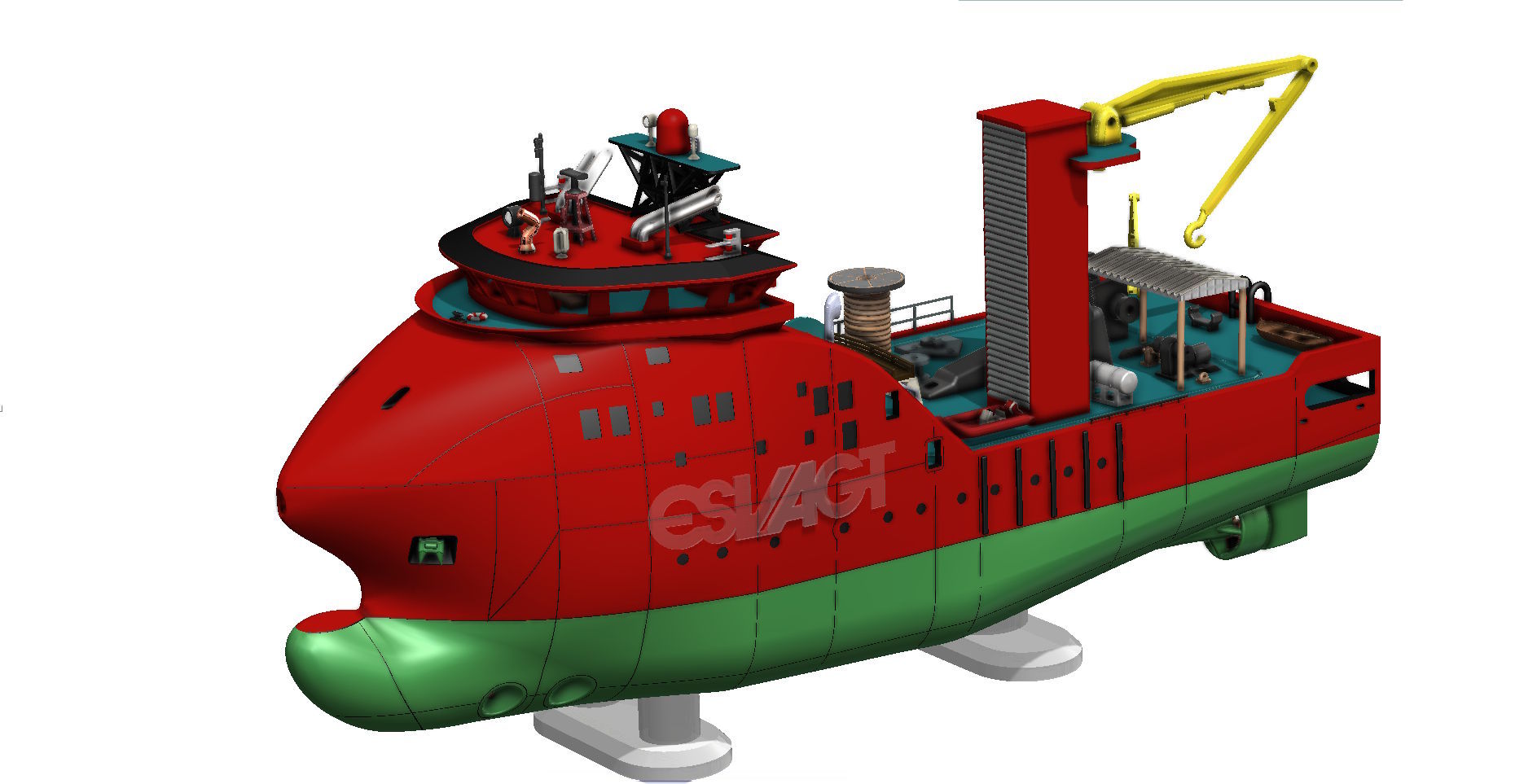
In the modern maritime world, offshore service vessels (OSVs) play an indispensable role in maintaining the flow of global energy infrastructure. Whether it is supporting oil and gas platforms, transporting equipment and personnel to offshore wind farms, or conducting subsea maintenance and inspection tasks, these ships operate at the very frontier between human ingenuity and the raw power of the ocean. Their design embodies a delicate balance of stability, power, and precision—each line of the hull, every deck structure, and all onboard systems engineered for reliability under demanding conditions.
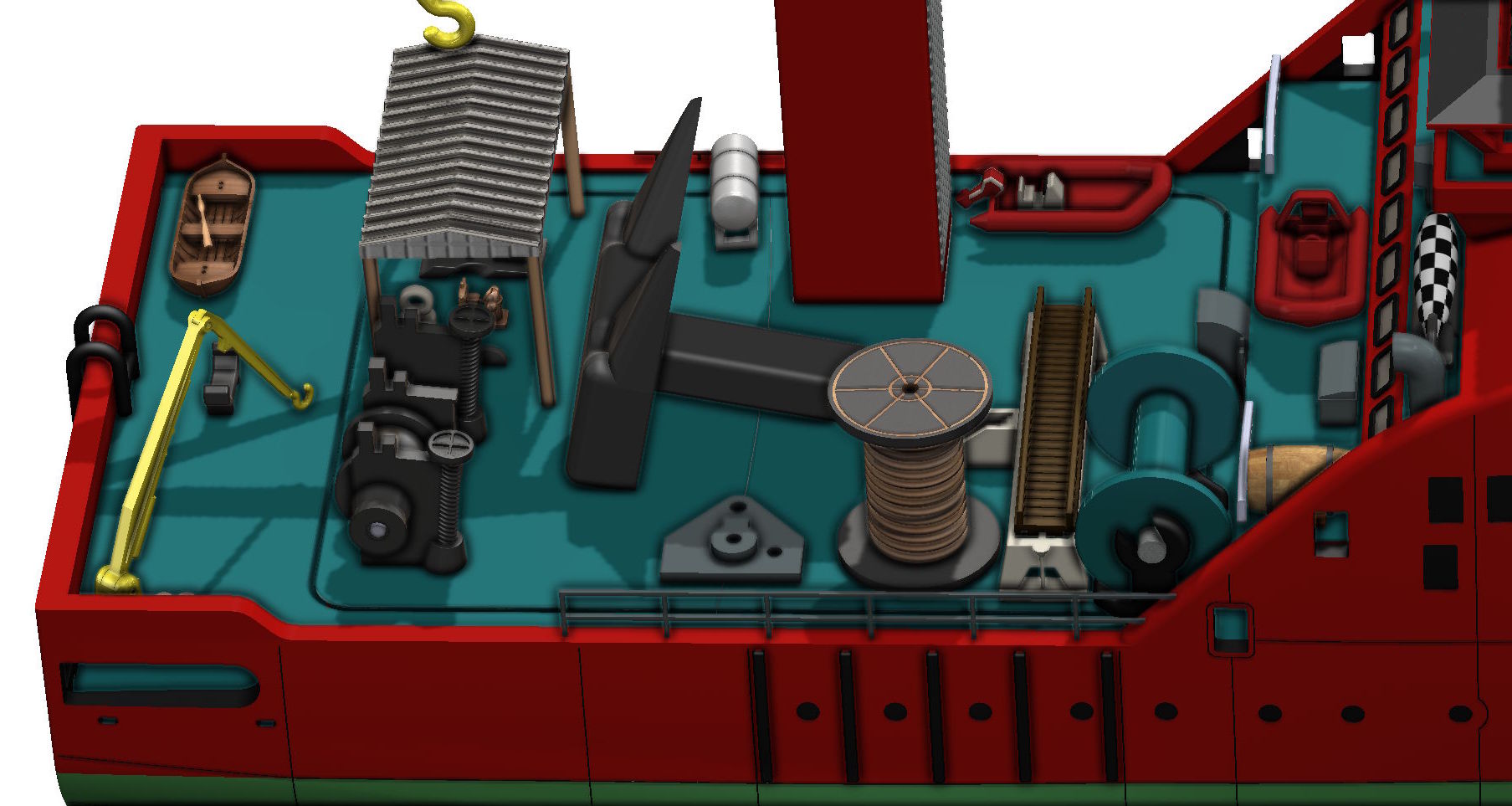


Continue reading for more info, renderings and a free STL file for 3d printing your desktop model.
If you don’t want to wait and get it asap, here is our paid model on Cults3d. Enjoy


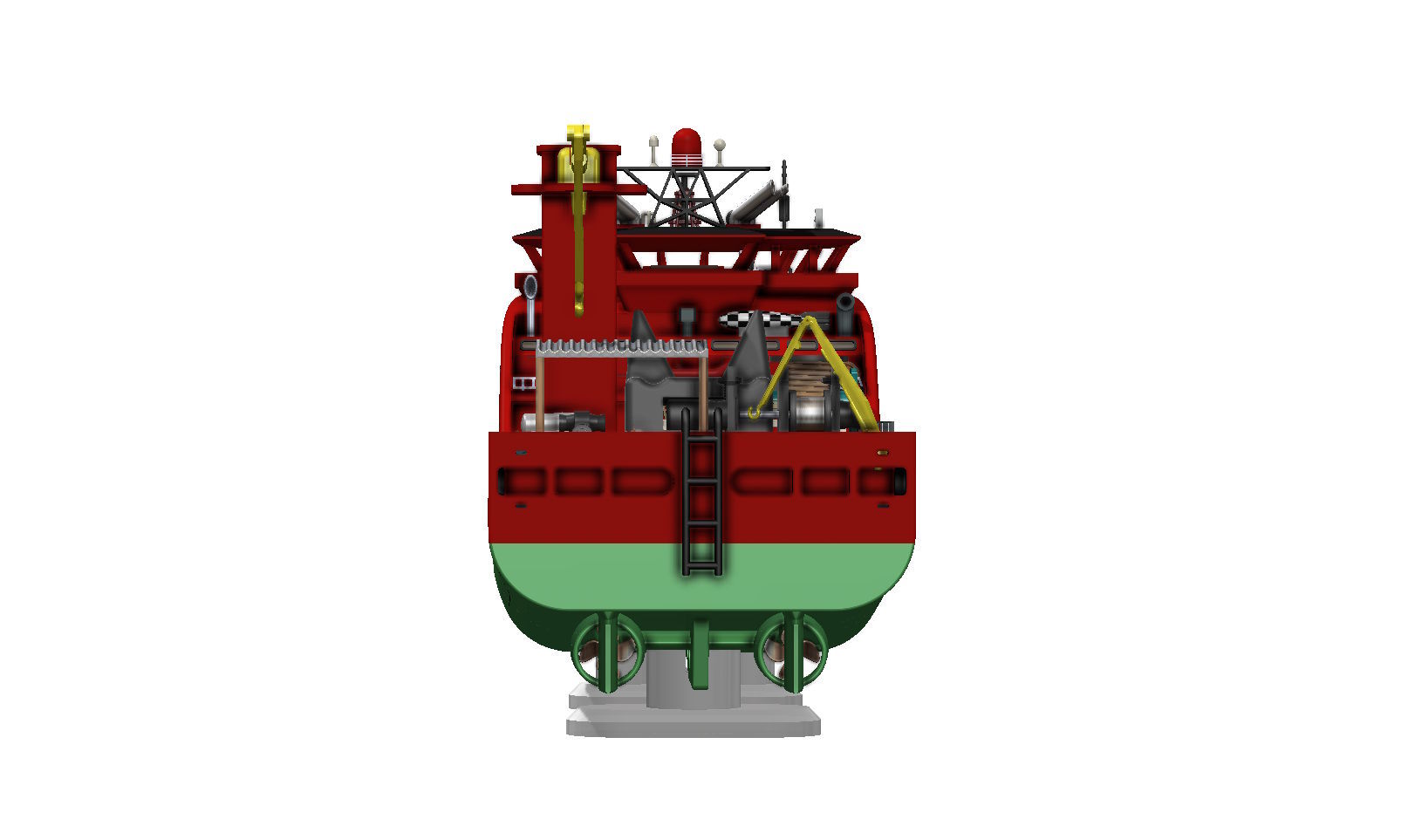
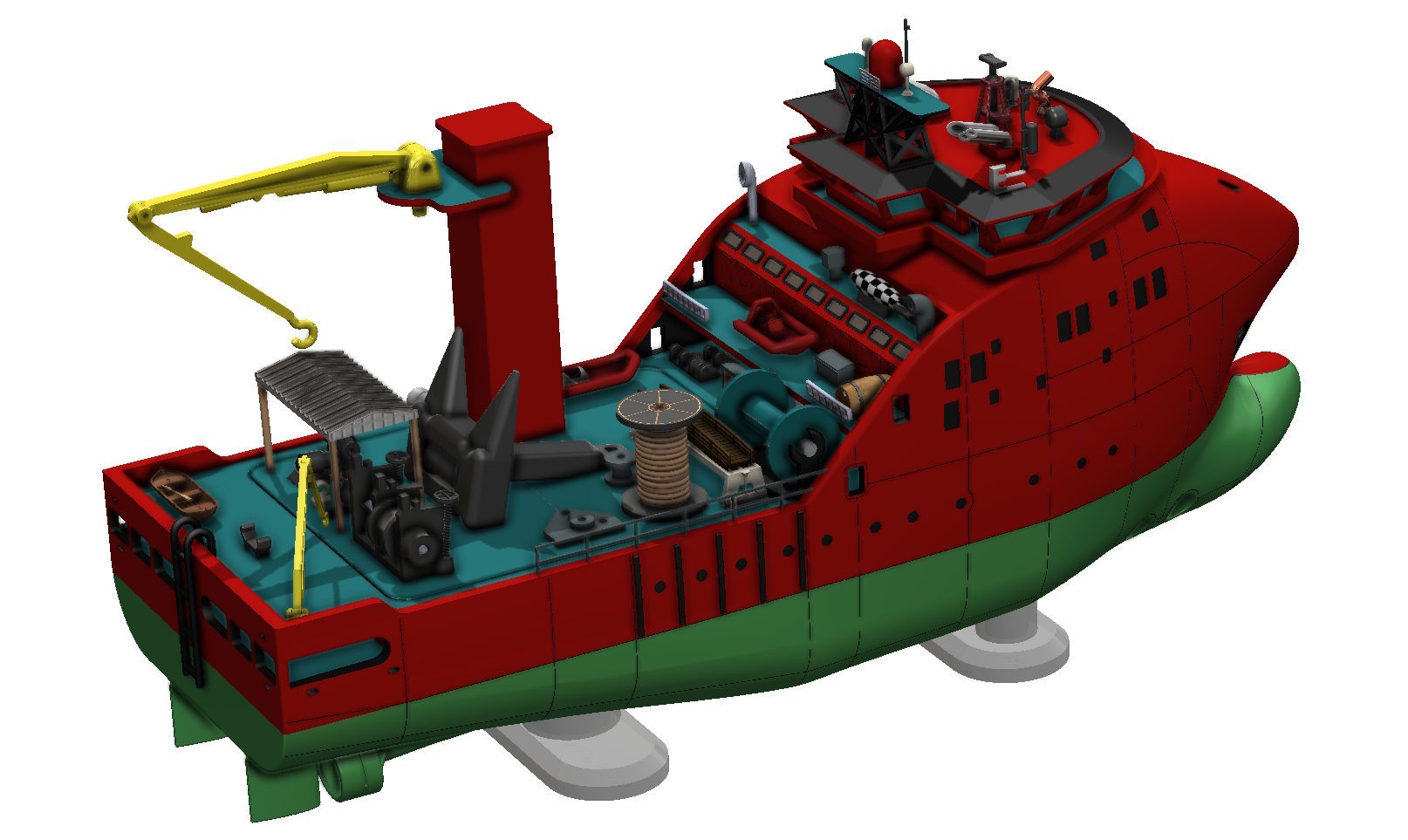
The Role of Offshore Service Vessels in Today’s Maritime Industry
Offshore service vessels form one of the most diverse classes of ships at sea. Their missions range from towing and anchor handling to cable laying, firefighting, and environmental response. Increasingly, these vessels are also being used in the rapidly expanding renewable energy sector—especially in the maintenance of offshore wind farms. Equipped with dynamic positioning systems, motion-compensated cranes, and specialized deck arrangements, OSVs must maintain pinpoint stability while working around delicate infrastructure in rough waters.


Modern designs emphasize energy efficiency, hybrid propulsion, and modularity. Instead of being tailored to one specific task, many of today’s OSVs are built as flexible platforms, capable of being adapted for new missions throughout their service life. It is within this tradition of versatility and precision engineering that the Albert Betz finds its inspiration.


About the Albert Betz Vessel
Named after the German physicist Albert Betz, whose groundbreaking work on aerodynamics and turbine efficiency still shapes the principles of modern renewable energy, this vessel pays homage to the intersection of engineering, science, and sustainability. The Albert Betz represents a new generation of offshore service vessels designed to operate in support of clean energy installations such as wind farms and tidal power facilities. Its clean superstructure lines, compact hull, and optimized deck arrangement reflect a design language dedicated to both performance and efficiency.



The Albert Betz 3D model captures the essence of this modern vessel in remarkable detail. Measuring approximately 80 centimeters in length, it serves as a true-to-form miniature that balances realism with practicality. Designed for 3D printing enthusiasts and maritime modelers alike, this model highlights the ship’s intricate topside structure, lifeboat placement, and helideck geometry while preserving the smooth, hydrodynamic shape of its hull.




The deck layout and bridge section mirror those of contemporary offshore support vessels, giving the model an authentic and recognizable appearance. Despite its realistic complexity, each component has been thoughtfully divided into printable modules, ensuring a smooth and rewarding building process.
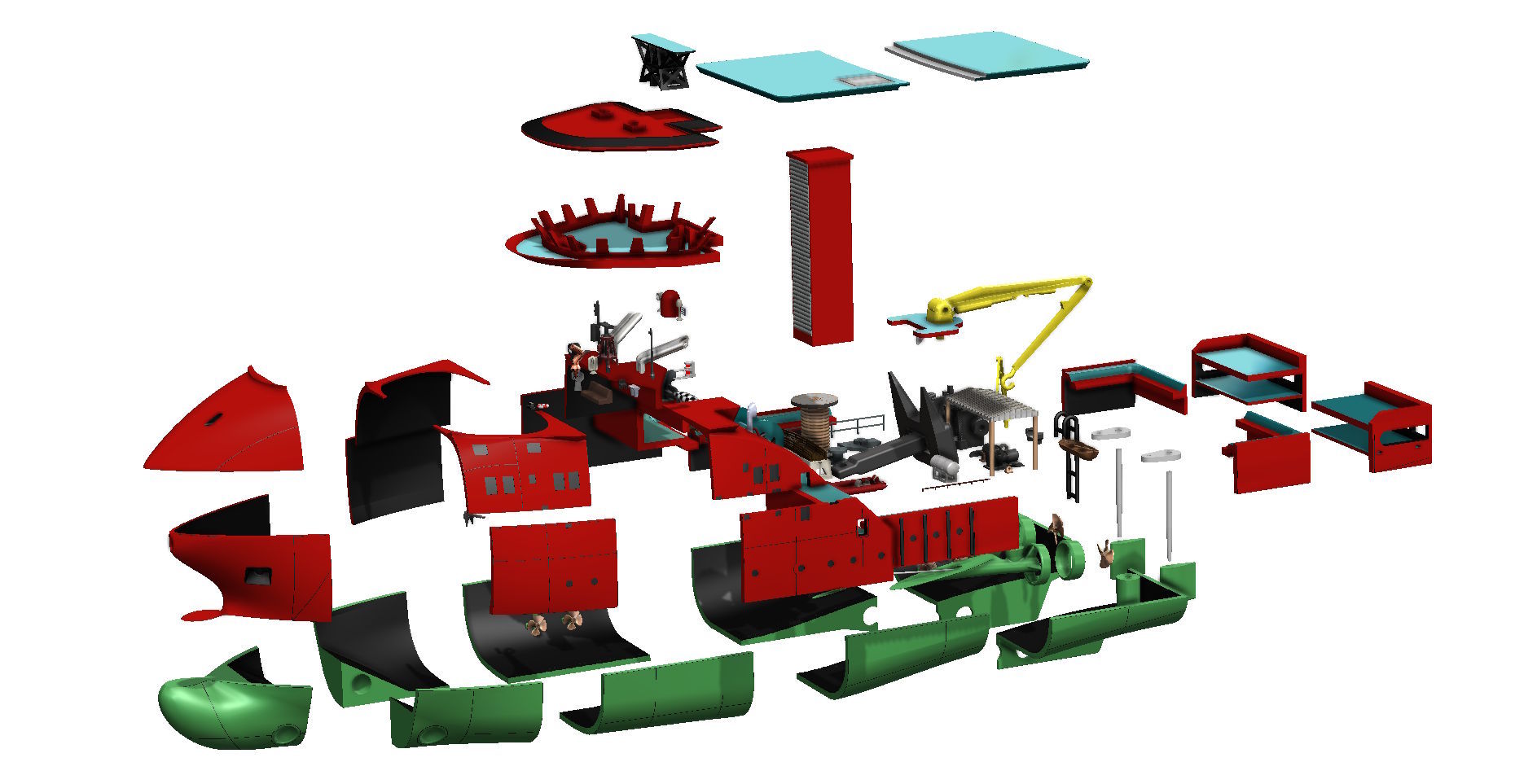
Design and Model Features
The Albert Betz 3D model consists of multiple high-resolution STL files, optimized for accurate assembly and ease of printing. Every part—from the finely shaped hull segments to the upper superstructure elements—was created with high fidelity to ensure that even small-scale details translate well to the finished print. The model’s modular structure allows builders to choose between display and functional applications.
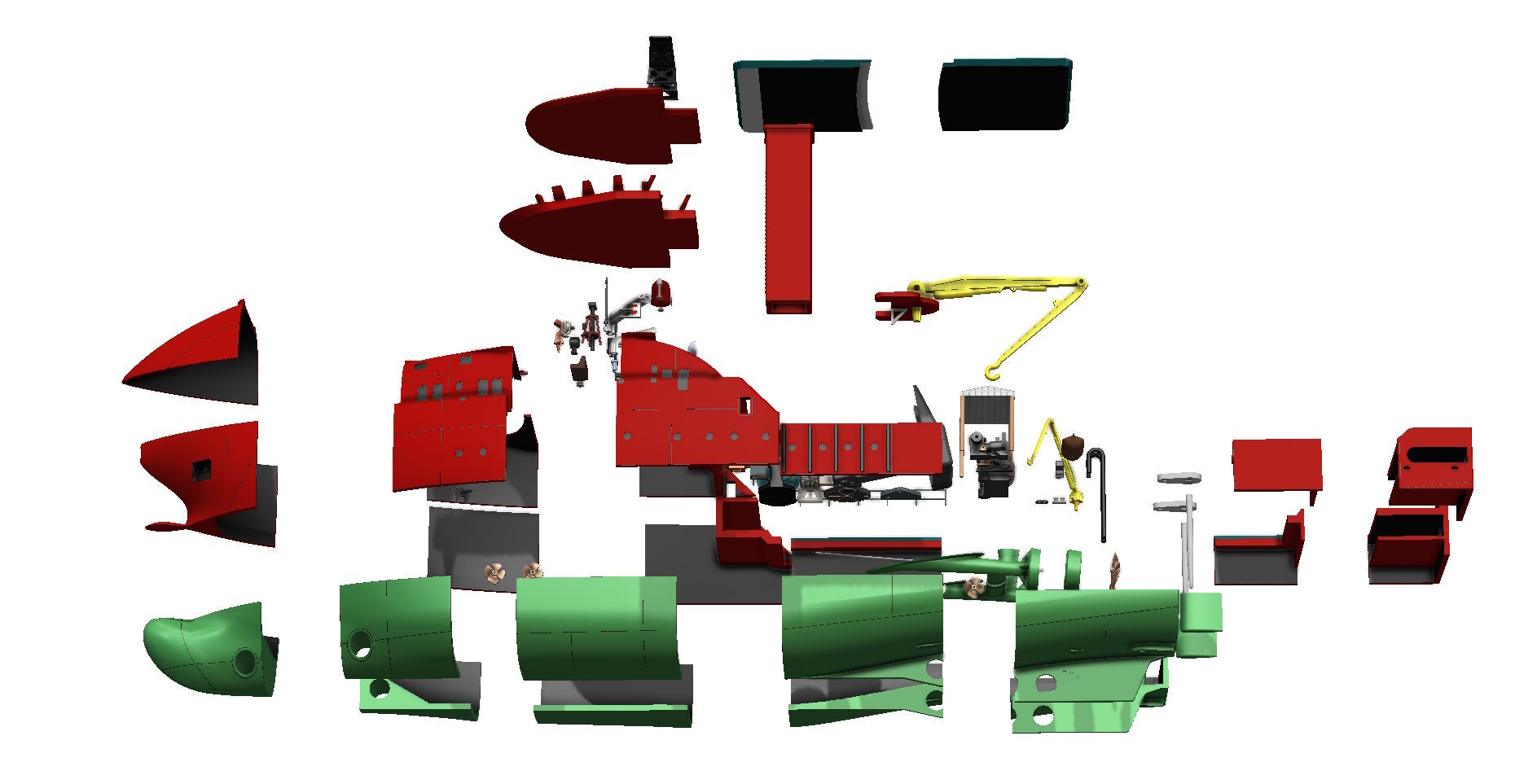

While primarily designed as a display model, the interior space within the hull provides room for modification or personalization. Builders with experience in remote-control (RC) conversions may find the model adaptable for experimentation with drive systems, servos, and lighting installations. The design includes realistic rudder and propeller details, further enhancing its technical character and potential versatility.
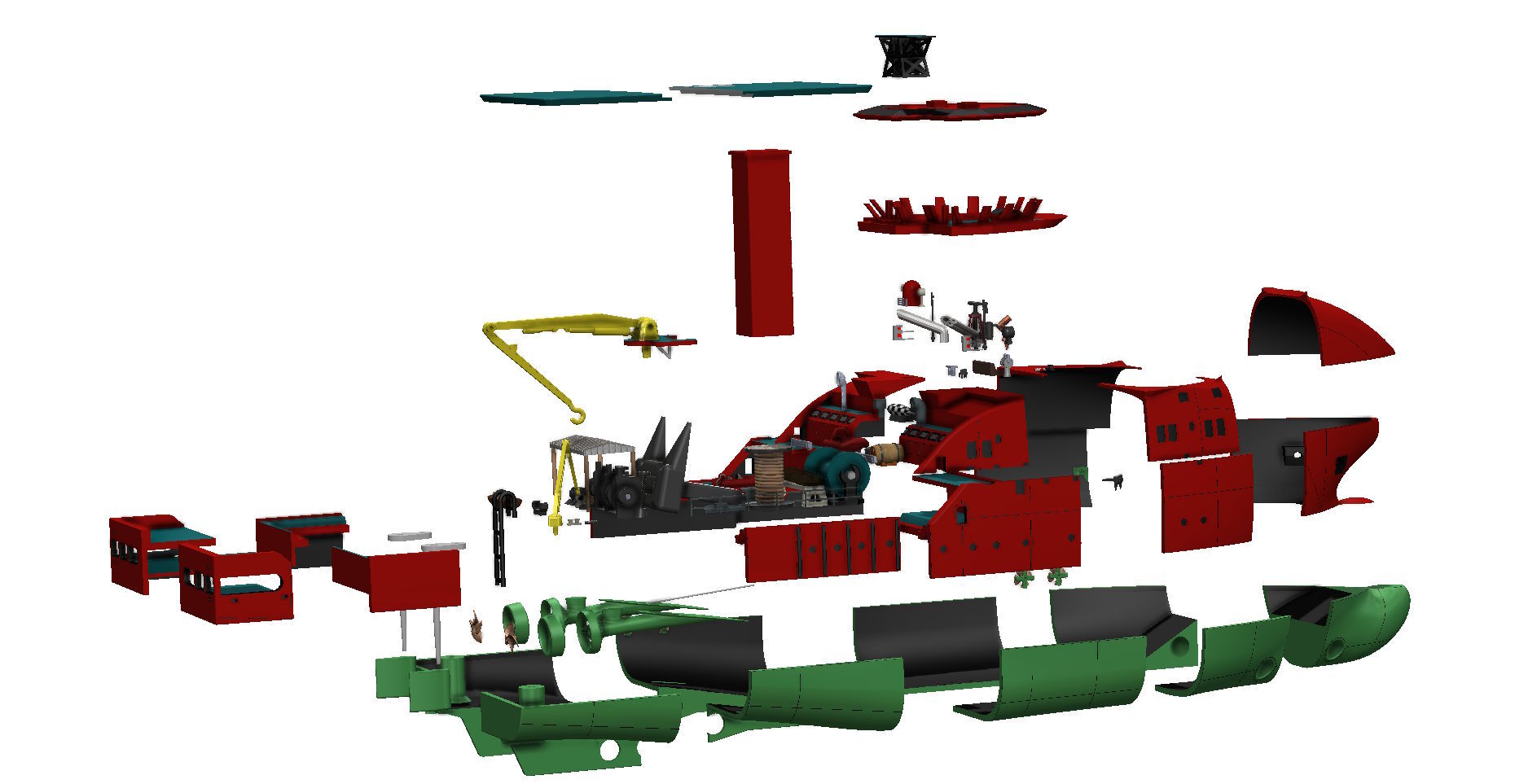
3D Printing and Assembly
The Albert Betz has been designed with practicality in mind. Most parts are compatible with standard desktop FDM 3D printers, eliminating the need for oversized build volumes. For best results, PLA or PETG materials are recommended, offering an ideal balance of strength and print reliability.
Suggested settings include:
- Layer height: 0.15–0.2 mm for visible surfaces
- Infill: 15–20% for hull parts, 10–15% for superstructure elements
- Supports: Recommended for overhangs under 45°, especially around the bridge and crane areas
- Wall thickness: Minimum 2–3 perimeters for durability
Once printed, components can be assembled using standard adhesives or small screws depending on the builder’s preference. The modular design enables straightforward fitting, and for enthusiasts who enjoy customization, additional holes can be drilled for mounting accessories or lighting features.
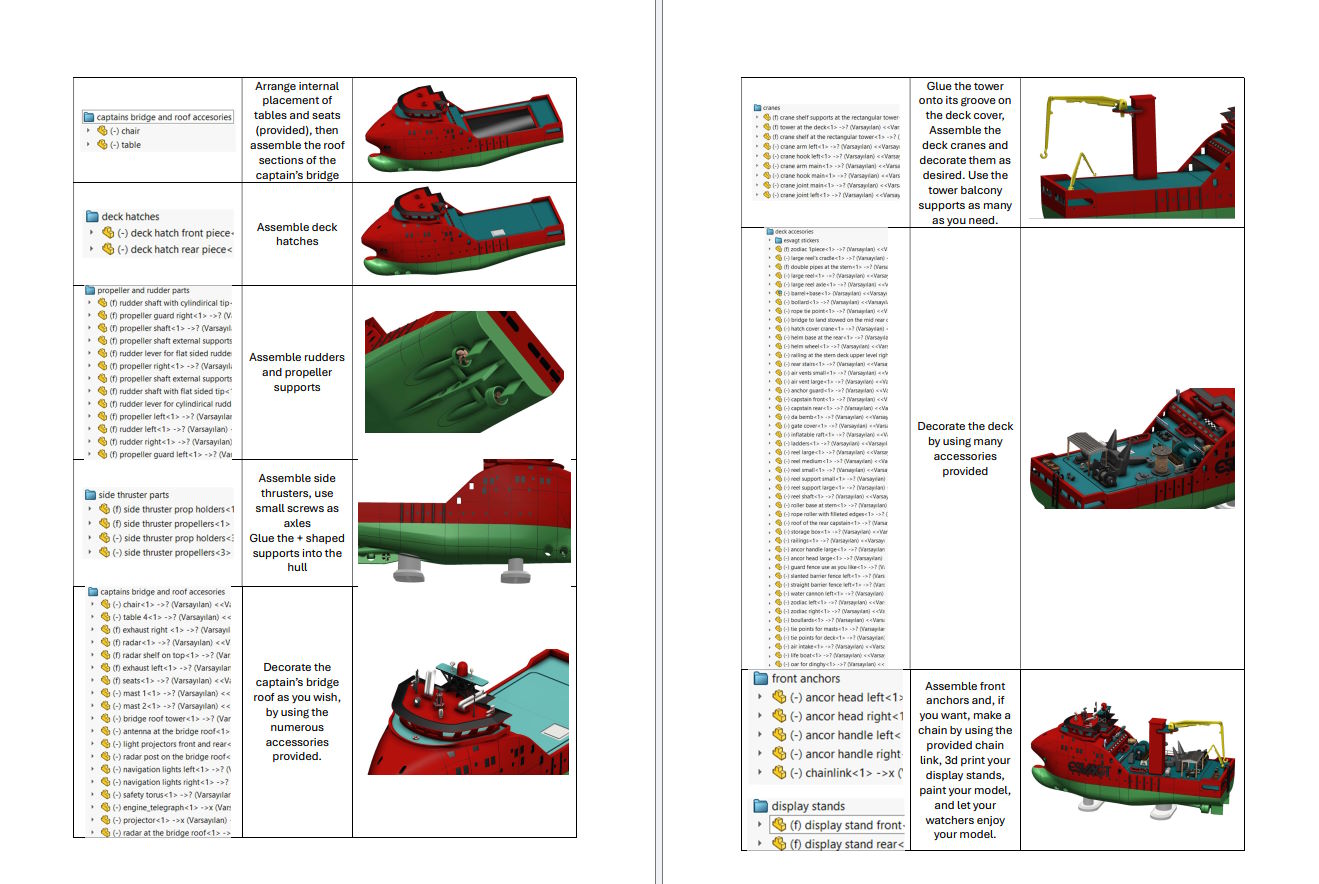
The Artistic and Educational Value of Ship Modeling
Beyond its technical appeal, the Albert Betz model also serves an educational and artistic purpose. Building such a detailed representation allows modelers to engage directly with the principles of naval design—learning about hull hydrodynamics, structural distribution, and offshore operational layouts. It can be used as a teaching aid, a conversation piece, or a decorative showcase celebrating human innovation at sea.
For educators or enthusiasts of renewable energy and marine engineering, the model also embodies a symbolic connection between maritime tradition and the sustainable technologies of the future. Its name serves as a reminder of the scientific foundation behind every turbine blade and every ship propeller—a nod to the enduring influence of Albert Betz’s theories on energy conversion.
Why the Albert Betz Model Stands Out
In the realm of 3D printable ship models, Albert Betz distinguishes itself through its balance of realism, accessibility, and design elegance. It is not merely a miniature—it is a physical narrative of modern maritime progress. The design achieves a harmonious blend between intricate detail and straightforward printability, making it suitable for both advanced modelers and newcomers to the hobby.
Every line and surface reflects a deep respect for the engineering artistry of real offshore service vessels. Whether displayed as a centerpiece, used in dioramas, or integrated into functional projects, this model invites its builder to appreciate the ingenuity that keeps the world’s offshore industries moving.
In Sum
The Albert Betz Offshore Service Vessel stands as a small-scale tribute to one of the unsung heroes of the modern ocean—the service ship. In an era where sustainability and energy transition dominate global conversation, the Albert Betz reminds us that progress depends not only on grand structures but also on the silent workhorses that keep them operational.





 Users Today : 71
Users Today : 71 Users Yesterday : 162
Users Yesterday : 162 Users Last 7 days : 747
Users Last 7 days : 747 Views Today : 99
Views Today : 99 Views Yesterday : 259
Views Yesterday : 259 Views Last 7 days : 1384
Views Last 7 days : 1384 Total views : 1322913
Total views : 1322913 Who's Online : 1
Who's Online : 1